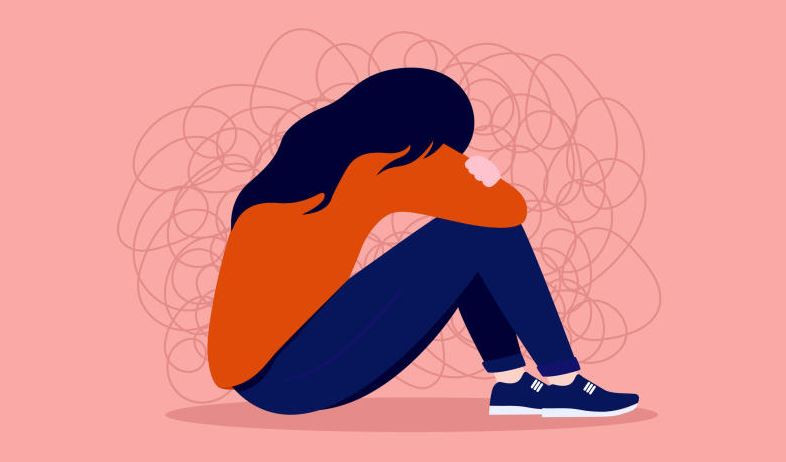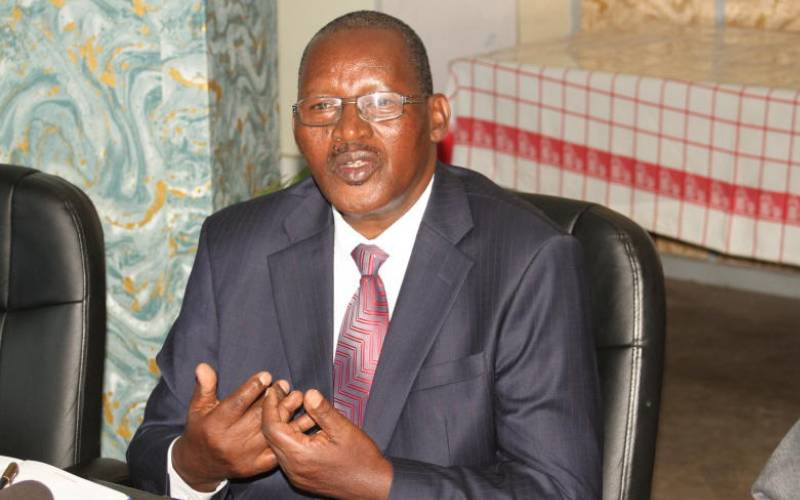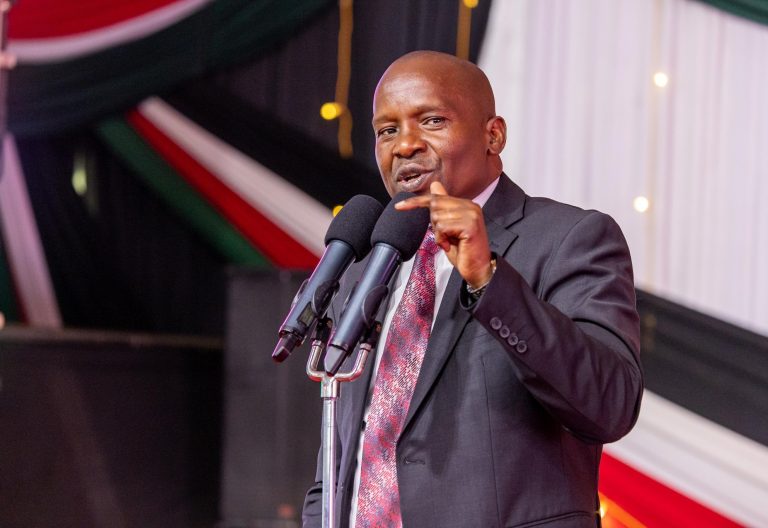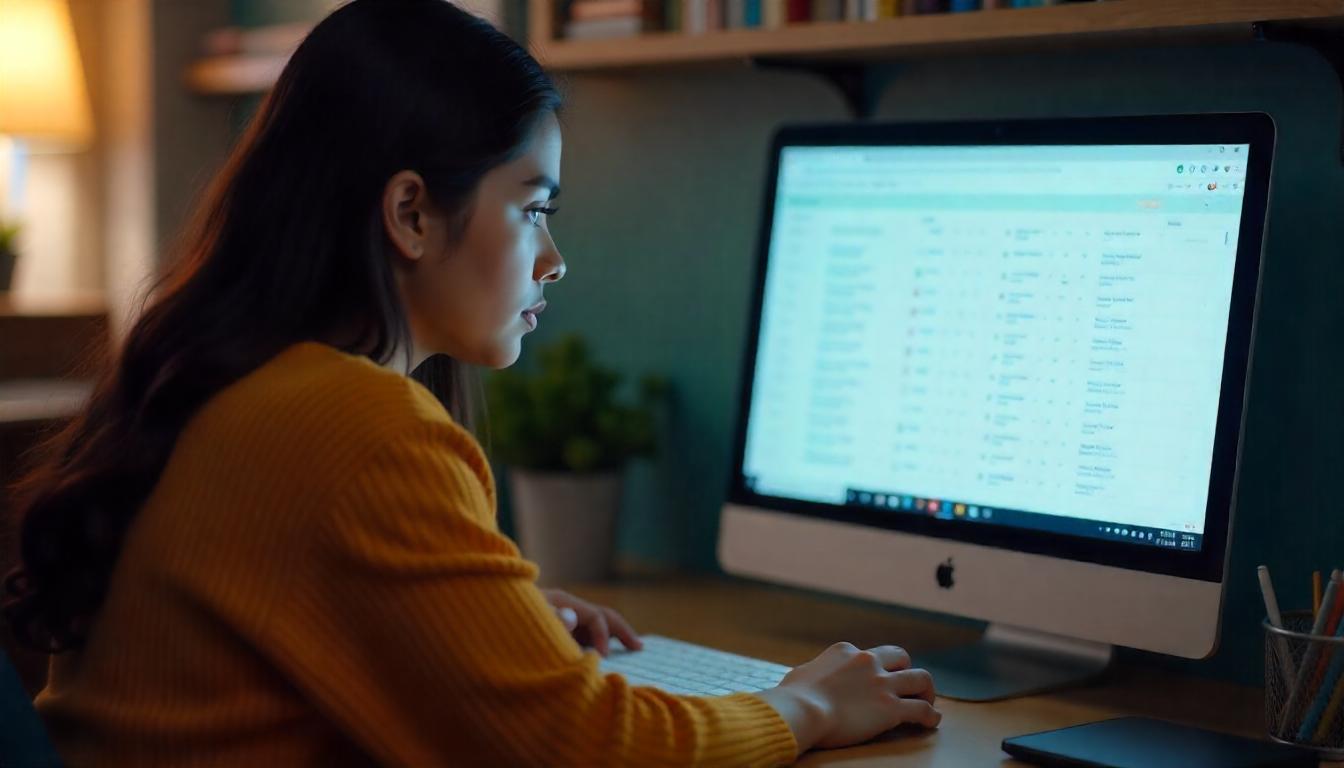How to be there for someone struggling with mental health

As Kenya joins the rest of the world in observing Mental Health Awareness Week, this year’s theme — community — invites us to reflect on a deeply human need: the desire for connection and a sense of belonging. Sometimes healing doesn’t always happen in therapy rooms or hospital wards. It happens in the simplest places — on a park bench with a friend, at the kitchen table with family or during a heartfelt chat with a neighbour.
In our African heritage, the concept of Ubuntu, I am because we are, captures the very essence of mental well-being through community. Research shows that having strong connections to our community helps us feel like we belong, which significantly improves our mood.
During my work with clients, I have seen firsthand how feeling “seen,” “heard,” and “supported” by others can make a huge difference. Consider a struggling teenager who joins a youth support group. Through shared lived experiences and mutual understanding, they find solace and strength, realising that they are not alone in their battles.
A mama mboga who enjoys being part of a local chama not only gains financial support but also emotional support from fellow members who celebrate her highs and stand by her during the tough times. These are not just stories, they are testaments to the healing power each of us carries in our respective communities.
In today’s hyper-connected yet emotionally distant world, true community is harder to find. We constantly scroll instead of speak, we self-isolate instead of reaching out. The rise of smartphones and social media has transformed our interactions, often at the expense of genuine connections.
A report on social media consumption in Kenya revealed that most Kenyans aged between 21 and 35 spend more than three hours scrolling on social media daily. This excessive screen time can lead to feelings of isolation, anxiety and depression, as online interactions often lack the depth and authenticity of face-to-face conversations.
Before the coming of smartphones, communities thrived on physical interactions. Neighbours would gather for evening chats, families shared meals and candid talks without the digital distractions, and children often played together outdoors. These simple interactions fostered trust, understanding, and mutual support.
Today, it’s a common scene to see individuals deeply engrossed in their phones, even in social settings, a phenomenon known as “phubbing.’ This behaviour undermines the quality of interpersonal relationships and diminishes our sense of community.
It’s high time we changed all these. Re-imagining community doesn’t require grand gestures, it starts with small and intentional acts.
Check in on your neighbour – a simple “How has your day been?” can open doors to meaningful conversations. Call that friend who has been unusually quiet – your call might be the support they needed.
Start a WhatsApp group to support mental wellness in your church or estate – create a platform where you authentically support each other. You know, being your brother’s keeper.
Form adventure groups – where you genuinely hang out with your friends and reconnect through shared experiences.
Let us stop complicating life. Those simple gestures could be the very lifeline someone needs. Mental health is not only a clinical issue-it is a collective responsibility.
Ms Kiragu is a counselling psychologist












